
Learn how to set up WebSocket connections with Etherlink EVM nodes. This tutorial covers enabling WebSocket support, and leveraging them for efficient JSON-RPC communication and event subscriptions. Perfect for developers building responsive dApps!
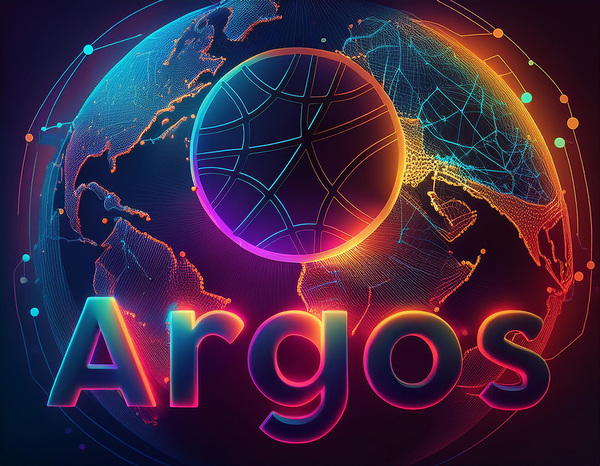
Introducing Argos, our new blockchain analytics project. Argos aims to keep the blockchain safe by offering an open-source solution that traces transactions and analyzes patterns to uncover potential criminal activity.

Gaia enhances API testing by employing fuzzing techniques to uncover vulnerabilities and ensure robust API performance. It integrates advanced monitoring and real-time metrics for comprehensive API evaluation, available open-source on GitLab.

Pandora is a notarization rollup that aims to provide a cost-effective, fast, and secure service for notarizing data on the blockchain.

This blog delves into the realm of fuzz testing. It provides a definition, explores different types of fuzzing, discusses various input generation methodologies, and highlights popular fuzzers for each type of fuzzing.
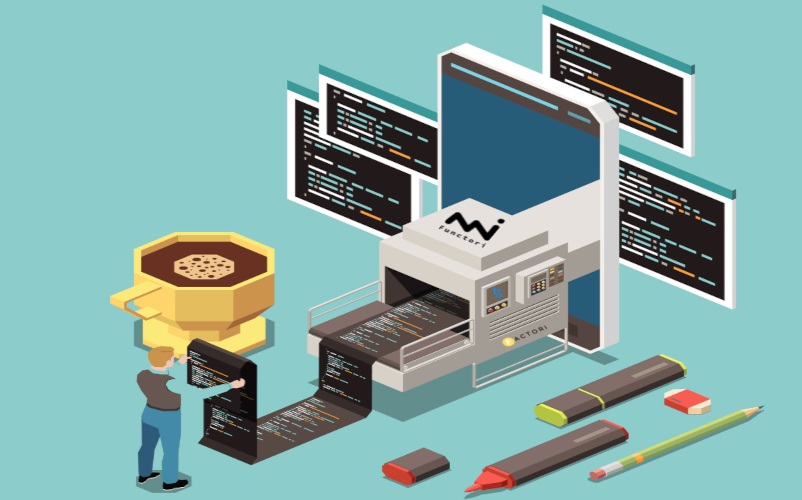
Dive into Factori's analysis capabilities by examining an FA2 contract, which will help you gain valuable insights while showcasing the tool's versatility and depth. Spoiler alert! there is some unreachable code detected.

Discover potential issues with Michelson smart contracts using Factori's analysis command. Identify permission checks, unused storage fields, the use of unbounded data structures with non-lazy deserialization, and more.
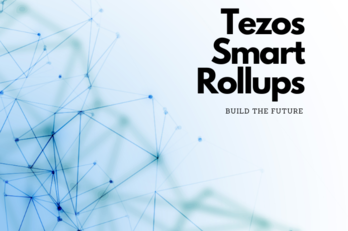
With the activation of the Mumbai upgrade, Tezos now offers a unique and powerful layer 2 scalability solution thanks to Smart Optimistic Rollups. Functori is proud to be involved in this project.

The second edition of NFT Paris exceeded all expectations with over 10,000 enthusiastic participants, from curious onlookers to artists, gamers, developers, investors, and students. We take this opportunity to showcase NFTs potential.
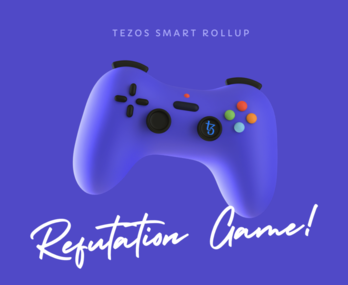
Refutation games help prove wrong statements in smart rollups, and with Explorus, you can now see refutations as they occur. Check out some screenshots and follow the steps to reproduce the experiment in this post.
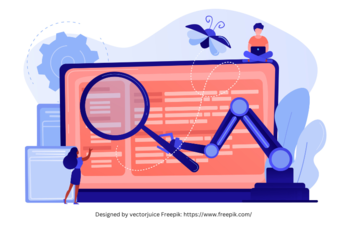
Smart contracts reviews and audits are crucial to building secure and reliable digital Web3-based services and applications. This blog post provides some insights about our activity and methods in this area.
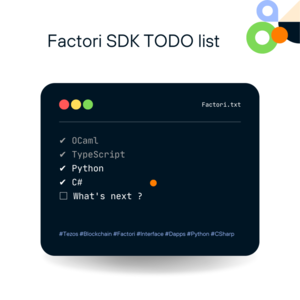
The Factori tool's core is about generating static interfaces for Tezos smart contracts. We want to take advantage of this new release of Factori to announce the support of two new languages (Python and C#).
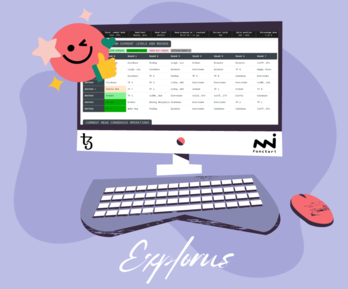
Explorus is a tool made to keep track, understand, and debug the overall behavior of the consensus and new features in Tezos (e.g., optimistic rollups). One of the main strengths of Explorus is that the only requirement is to have a Tezos node, neither an indexer nor a database is required.

In this tutorial, we introduce a new scenario Domain Specific Language (DSL) embedded in OCaml, with the following features, the DSL compiles down to OCaml, Typescript, and (soon) octez-client scripts; the DSL has a fork feature enabling one to create separate universes with alternative scenarios.
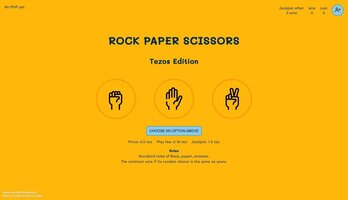
The summer is coming to a close and we have been working hard at building enhanced and new features for Factori. Among other things, Factori now features like a web interface, dipdup and crawlori support and a lot of behind-the-scenes refactoring.

Smart contracts in the Tezos Blockchain are written in a low-level language called Michelson. Writing code in Michelson may quickly become tedious, it is like programming your daily tools with Assembly. However, multiple top-level languages generate Michelson, such as Ligo, Morely, and SmartPy, making smart contracts writing very productive and enjoyable.

On the occasion of the first beta release of factori, Functori proposes a tutorial which will also serve to illustrate what it can be used for. Factori positions itself at a particular point in the development process, it is not a smart contract development tool per se, instead it focuses on a sometimes neglected pain point which starts with a Michelson contract successfully compiled for the first time.

Mitten is a configurable man-in-the-middle proxy between a set of nodes designed to describe and play executions of the Tenderbake PBFT protocol. It allows filtering and examining network messages according to given scenarios. It enables writing and simulating subtle cases to reproduce behaviors that are difficult to exhibit under normal circumstances.
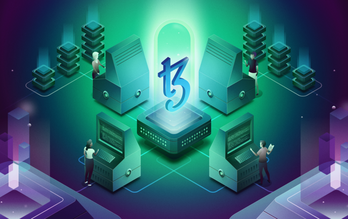
We take a look at the first cycle of Tenderbake to evaluate the performance of the network, and how it affected the bakers rewards. On April 1st, 2022, the Tezos blockchain successfully executed its most ambitious protocol upgrade to date. At block #2,244,609, the Ithaca2 protocol upgrade was activated on Tezos mainnet, moving the Tezos network away from the...
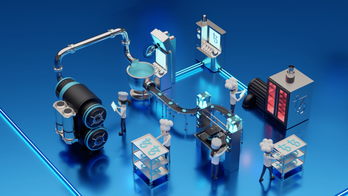
The next major upgrade of the Tezos blockchain, codename Ithaca 2, brings a significant novelty, the Tenderbake consensus algorithm. This new PBFT protocol will enable deterministic finality and pave the way for future improvements and extensions. This post focuses on Tenderbake's baker and presents the automata underlying its implementation.